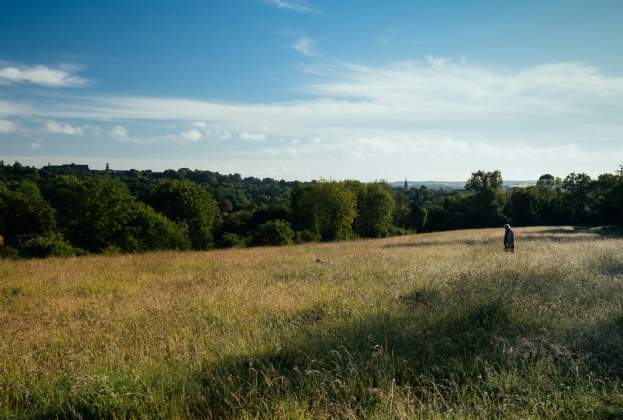The way we live and work in cities is changing and is, in turn, altering the geography of real estate. Investors need to understand these changes and consider whether traditional offices in established central business districts (CBDs) will stand the test of time.
People increasingly want to live, work, play, visit and shop in cities and towns. What we’re therefore seeing is lots of urban neighbourhoods emerging which offer all this and provide a choice of workplaces for employees and employers.
Until relatively recently, the CBD was the obvious and most desirable place in a city to locate. But CBDs haven’t always been the location of choice for every occupier. Many global cities which now have extensive CBDs suffered city flight in the mid 20th century when businesses moved out to purpose-built business parks. This left some downtown areas in Europe and North America no-go areas; a pattern repeated throughout many late 20th-century CBDs, particularly those dedicated solely to daytime workspace.
The globalisation of financial services and a new approach to planning in the 1980s and 90s started to turn this around. Capital and businesses were repatriated to the CBD and deserted downtown districts became lively again. People started moving back into the city to live as well as work. ‘City renaissance’ had begun.
Things changed again in 2008 with the demise of some big financial institutions and weakened financial sector growth after the GFC. So a second phase of urban renaissance began. As finance receded, new, innovative tech and creative enterprises took its place and started to drive city economies across the globe.
These companies are frequently fast growing and don’t want the ‘marbled banking halls’ which tend to dominate conventional CBDs. Instead they favour fringe locations. It’s often heritage buildings, previously thought obsolete, that come into their own here.
Demand priority is for flexible, collaborative co-working space in basic buildings with a great street scene. This has shifted the gravity of CBDs away from traditional locations and even created new ones. This renewed popularity of old neighbourhoods with independent shops, cafes and restaurants is a worldwide phenomenon associated with the growing importance of the millennial generation in the workforce.
The challenge for the real estate industry when investing in and developing these areas is maintaining authenticity; keeping existing communities and businesses in place to retain an area’s original appeal. People, rather than buildings, have to take centre stage. The highly skilled, footloose millennial workforce is much more likely to make a location decision on the basis of city quality than on a company name. The needs and wants of occupiers are therefore paramount.
So it’s no surprise that HR departments are now heavily involved in leasing decisions. Cost is not the priority; getting the neighbourhood and working environment right is.
In a world where corporations no longer have the hiring power that they once had, investors must reconsider the definition of an ‘institutional covenant’. Some big, prestigious corporations may prove to be less long-lived than upstart new companies. Investors therefore need to understand occupiers when selecting stock in order to maximise net income and minimise future capital depreciation.
The single big CBD may be a thing of the past, but 21st-century cities will provide a greater choice of small CBDs, urban quarters, or ‘city villages’.
Further information
Contact Savills Commercial Research

.jpg)
.jpg)
.jpg)
.jpg)
.png)
.jpg)
.jpg)


